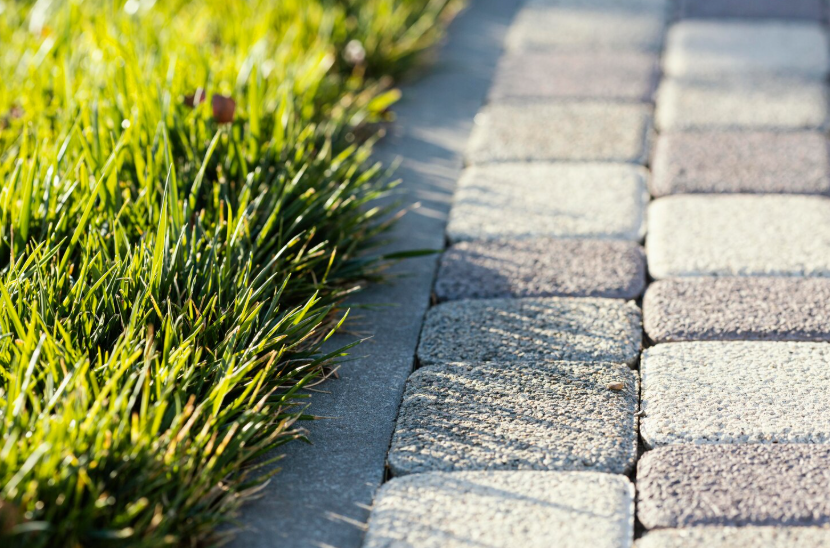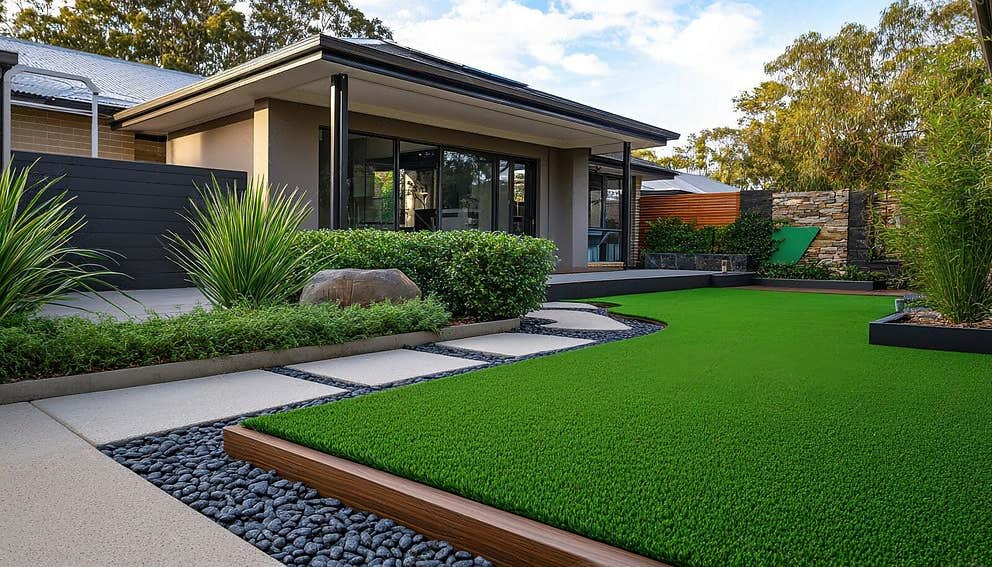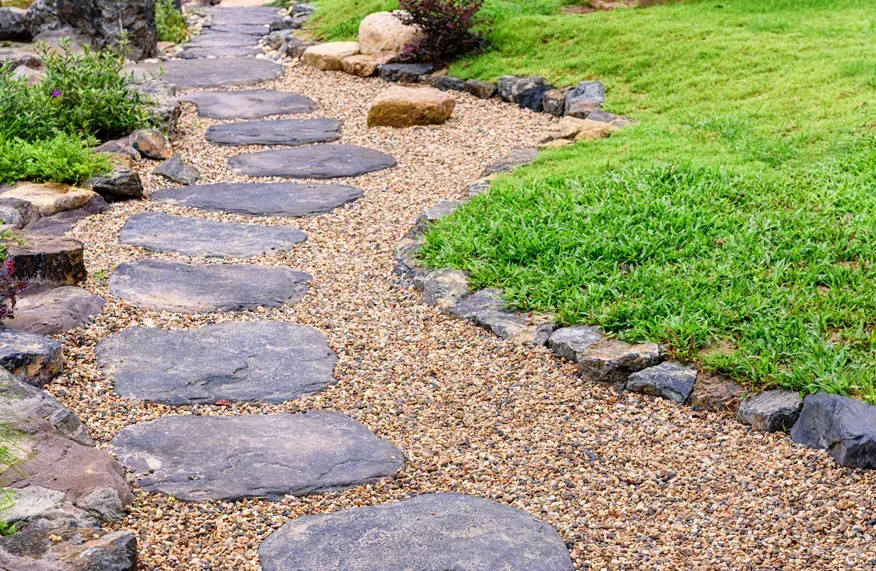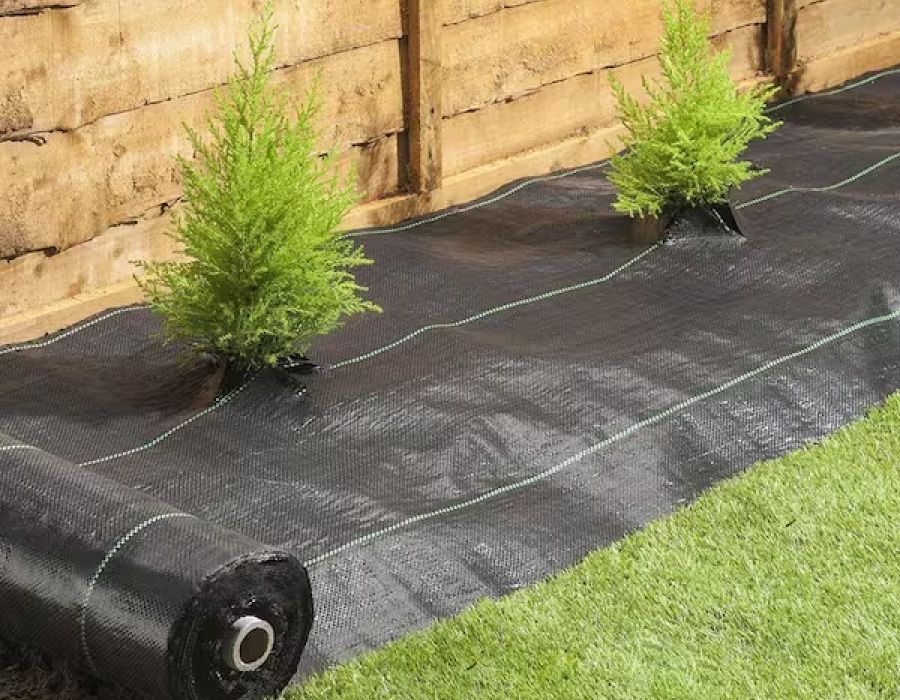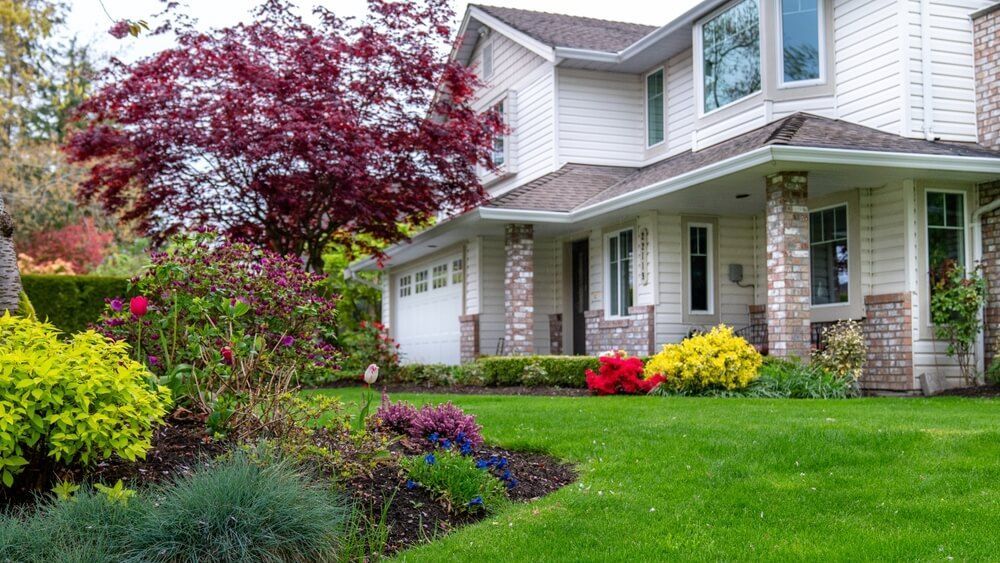What is Grading in Landscaping and Why It Matters
If you've ever wondered why some yards stay dry while others turn into swamps after a heavy rain, the answer often comes down to grading. Whether you're working with affordable landscaping services in Sandy or planning a DIY project, understanding grading can save you from costly problems down the road.
This landscaping technique shapes how water moves across your property, protects your home's foundation, and keeps your plants thriving. From preventing erosion to creating visually appealing outdoor spaces, grading has a profound impact on every aspect of landscape design. Let's break down what grading really means and why it matters for your property.
Importance of Proper Grading
Good grading ensures effective water drainage and prevents problems such as erosion and pooling. When grading a landscape, the goal is to create a slope that directs water away from structures and towards appropriate drainage areas. This process involves shaping the land to make water flow in the desired direction, preventing standing water that can damage plants and structures.
Correct grading also helps distribute nutrients, oxygen, and water to plant roots evenly, which promotes healthy growth. By controlling water movement, proper grading reduces the risk of soil erosion that can compromise the stability of your landscape. Mastering the art of grading is key to maintaining a functional and visually appealing outdoor space.
Factors Influencing Grading Decisions
When determining grading decisions in landscaping, several factors come into play that influence the overall effectiveness of water drainage and landscape stability. The topography of the land itself is a major factor, understanding the natural slopes and contours helps in creating a grading plan that complements the existing features. Soil composition is another key consideration, as different types of soil have varying drainage capabilities.
The intended use of the landscaped area also impacts grading decisions; whether it's for a garden, lawn, or pathway, the grading must support its purpose. Local climate and rainfall patterns play a significant role in determining the necessary slope and drainage requirements for optimal water management. These factors collectively guide grading decisions to create a well-designed and functional landscape.
Effects of Poor Grading Practices
When grading practices in landscaping aren't executed correctly, the consequences can be serious and expensive. Improper grading allows water to accumulate in specific areas, resulting in pooling and potential flooding that can damage your property. Inadequate grading results in soil erosion, washing away valuable topsoil, and destabilizing the landscape you've invested in.
Poor grading can direct water towards buildings, causing damage to their foundations over time—a problem that costs thousands to repair. It affects plant health by creating waterlogged conditions or drought stress, which can kill off expensive landscaping. Improper grading may even create habitats for pests like mosquitoes by promoting stagnant water accumulation, turning your backyard into a breeding ground for unwanted visitors.
Role of Grading in Drainage
Effective grading plays a crucial role in ensuring the successful operation of drainage systems within landscaping projects. Proper grading directs water flow away from structures, preventing water accumulation that can lead to erosion, flooding, and damage.
By shaping the land to create slopes that guide water away from vulnerable areas, grading helps maintain the structural integrity of landscapes and buildings. Grading also promotes healthy plant growth by preventing waterlogging, which causes root rot and other issues.
In landscaping, strategic grading is necessary for managing stormwater runoff effectively and maintaining the overall health and longevity of the outdoor environment. Understanding the significance of grading in drainage allows landscapers to design functional and sustainable landscapes that can withstand varying weather conditions.
Techniques for Effective Grading
To achieve effective grading in landscaping, you need to employ specific techniques that secure proper water flow and drainage management. Establishing proper slopes is the foundation—these slopes direct water away from structures and prevent pooling near your home.
Creating swales, which are shallow channels that redirect water flow, gives you natural-looking drainage solutions. Installing French drains with perforated pipes helps manage excess water in areas where surface grading alone is insufficient to manage the water.
Compacting soil correctly prevents settling that can undo your grading work over time. Using retaining walls helps control soil erosion and creates level areas on sloped properties, providing more usable space while effectively managing water flow.
Enhancing Landscaping Results With Grading
Implementing precise grading techniques can dramatically improve the overall aesthetic and functionality of outdoor spaces. Proper grading ensures effective water drainage, preventing issues such as erosion, standing water, and flooding that can compromise your landscape investment.
It establishes a foundation for healthy plant growth by regulating soil moisture levels and optimizing nutrient distribution. Strategic grading can boost the visual appeal of a landscape by creating natural contours and focal points, adding depth and dimension to the design.
Well-executed grading improves accessibility and usability of outdoor areas, making them safer and more enjoyable for homeowners and visitors. By paying attention to grading details, landscapers can transform ordinary spaces into stunning and functional outdoor environments that stand the test of time.
Related Topics:
- How to Landscape Backyard for Curb Appeal and Comfort
- What is DG in Landscaping: A Complete Homeowner's Guide



